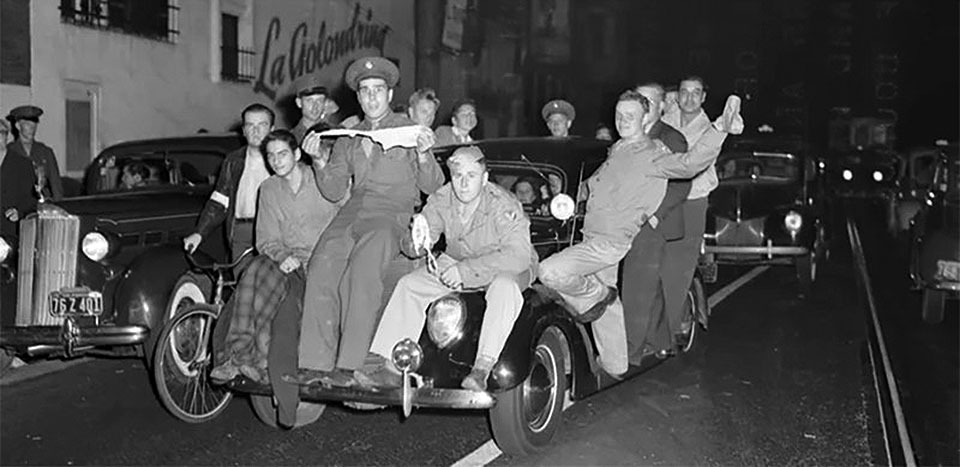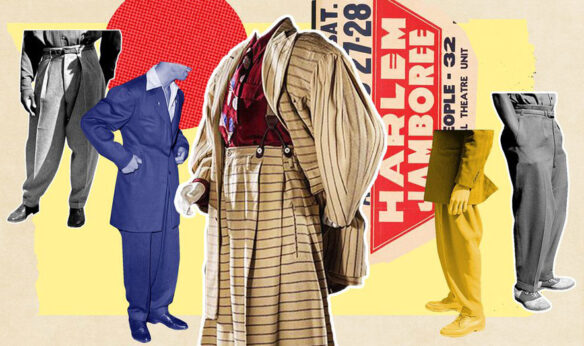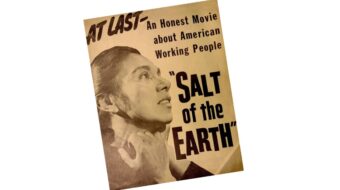
On Tues., March 29, Public Broadcasting Service will air writer-director Joseph Tovares’s Zoot Suit Riots, the story of the huge 1942-1943 race riots that were spurred by the Los Angeles police dragnet arrests of 600 young Mexican Americans, ongoing street battles between whites and Mexican Americans, and the largest mass trial in California history.
The arrests and riots ensued after a party on August 1, 1942, was crashed at the Sleepy Lagoon swimming hole. The party devolved into a fight which took the life of José Díaz. Mass race-based arrests were made. Justice was questionable. Defendants were sequestered together, denied adequate defense, kept from their lawyers, and even refused the right to clean-up, clothing changes, and food when pulled off the street or from their work. This tactic appeared to be pre-trial punitive and an attempt by the prosecution to make the Mexican-American defendants look guilty.
Despite the wrong-headed vigor of the prosecution, the murder was never solved. Instead, the case has gone down in history as a landmark of the expression of race-based fear and presumption of guilt. Police and the press inflamed racial tensions stressing the cultural differences of the largely unassimilated Mexican-American population.
Tovares’s film combines interviews with participants, archival footage, picture montages, etc., to recreate one of this country’s most extensive and violent racial uprisings. The director does well to root the conflict in the cultural wars of the early to mid-19th century development of Los Angeles.
Historically, California had belonged to Mexico. The state was home to the largest concentration of ethnic Mexicans outside of Mexico. As a response to the dire Great Depression economy, the federal government had deported almost 2 million ethnic Mexicans. An estimated one million of them were U.S. citizens, illegally removed from their homeland. In their situation as Californians of Mexican descent, it’s not that they crossed the border but, in 1848, the border crossed them!

The deportations were clearly motivated by cultural differences. Newspaper reports, radio stories, and police bulletins highlighted differences in appearance and behavior as threatening. Zoot Suit attire displayed bright colored fabric, sharply tapered over long padded shouldered suits adorned with ample gaudy jewelry, often baggy pants, pork pie hats, sombreros, and idiosyncratic hair treatments. It should be noted that this style had its roots in African-American culture. This expression of individuality clashed with the more reserved, less bright WASP sartorial hegemony. Social gatherings were targeted, as well as Latin-owned businesses and even religious celebrations.
Much attention has been paid to the party and murder that resulted in the murder of José Díaz. Conflicting accounts and claims focused too much attention on the actual crime itself. Tovares deftly weaves the context around the resulting social upheaval, helping us understand the moral ambiguities of Los Angeles’ corrupt government, notorious police force, get-rich-quick land development schemes, and the diverse population trying to emerge from post-Depression society.
Los Angeles’ famously discriminatory police force, some 50,000 wartime servicemen and thousands of vigilantes, spurred on by popular media and word of mouth, took aim at what they viewed as an enemy within. The worst riots erupted during the first week of June 1943, when Mexican Americans, Blacks, and Asians were beaten and chased off the streets. Taxi drivers offered free rides for servicemen to go to the barrio combat zones to keep Mexican Americans in their place. The colorful clothing and personal belongings of minorities were burned. The ethnically popular Zoot Suits were banned. Arrests were made with more muscle than justice, targeting youngsters of Mexican descent.
Hollywood celebrities like Orson Welles and Rita Hayworth rallied against the discrimination. California Governor Earl Warren appointed an investigatory committee which noted the root causes for the riots and reaction. But most attempts to implement the lessons learned were left undone. Joseph Tovares does well to remind us. The trailer can be viewed here. Chapter 1 is available here.












Comments